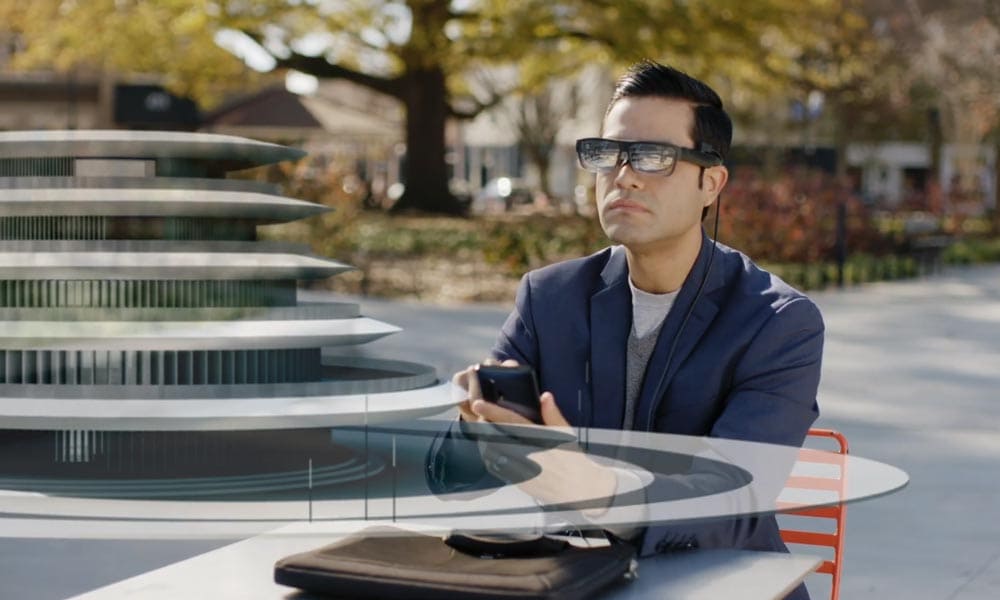
Lenovo is trying to offer a complete set XR: G100 smartphone Moto and Lenovo A3 AR glasses should be merged to create a mobile workstation.
In January, Lenovo announced Thinkreality A3 AR glasses, which externally and internally remind Nreal Light AR glasses. Both devices are based in part on the reference design from Qualcomm XR1. Camera tracking and camera for video transmission is integrated in the Lenovo spectacles, glasses Nreal is the only camera tracking.
Motorola announces a complete package for businesses, consisting of a smartphone Moto G100, glasses Lenovo A3 and the developer interface for communication between a smartphone and glasses. On application by Lenovo, the package aims to accelerate the diffusion of AR in a business environment, including as a mobile workstation.
Streaming content with low latency via 5G
Moto G100 acts as a player with USB-C for points. With a built-in smartphone Snapdragon 870 with support for 5G, G100 must be particularly powerful for AR apps. Alternatively, glasses A3 can be connected to a PC or laptop for a more visually complex augmented reality applications.
In the context of the 5G modem integrated into G100 Moto, Motorola says the delay is less than ten milliseconds to stream content. Low latency is important for digital screens, for example, quickly were consistent with the movement of the human head wearing glasses.
On application by Lenovo to use the points, you need a license to own the software platform Lenovo Thinkreality XR. According to the statement, Lenovo, users of the platform have access to ready-to-use software AR, for example, for remote maintenance, support work processes, learning and 3D visualization.
A3 weighs about 130 grams (Nreal: 85 grams). For industrial use can be equipped with a robust housing that meets safety requirements. Use in hospitals, manufacturing, laboratories and similar environments should be possible by appropriate certification.
Lenovo AR glasses should be released in mid 2021, the price is not yet known.








